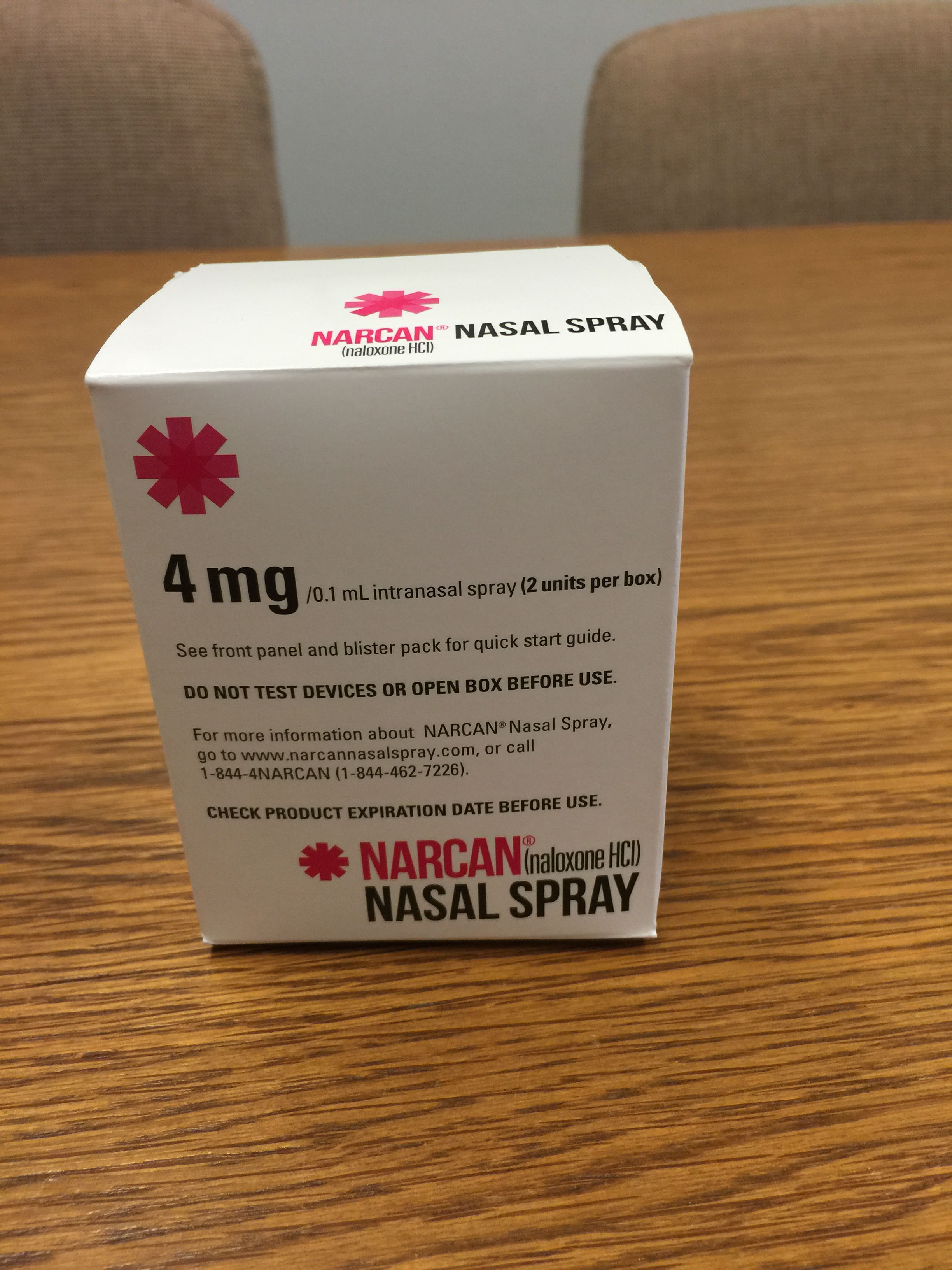Santa Barbara County Joins Fray in Suing Big Opioid
Purdue and Other Pharmaceutical Companies Sued, but Not by Donald Trump

Donald Trump is hardly the first president to flamenco dance all over the Constitution in response to a self-conjured threat for which exceptional emergency powers must be invoked. But in selecting the wall and imaginary armies of immigrant hordes, he proves yet again why we can’t have amateurs in the White House. Why pick a fight that can’t be won when there are so many others that can be?
A case in point: the opioid crisis. By any reckoning, it’s real. With the death toll from the last 20 years now hovering around 400,000, we are poised to soon surpass the number of Americans killed during World War II. That’s nearly five times more than in Vietnam. Or more immediately, more than 130 World Trade Centers. If another country did to us what companies like Purdue, the sublimely cynical manufacturers of OxyContin, have, we would have bombed them back into the Stone Age. Trump, by the way, campaigned on the opioid crisis. In some ways, it’s his base. A recent medical journal report confirms that the demographics of opioid death and destruction skews heavily white, heavily male. For those still wondering, “Why Trump?”, it’s worth remembering that he performed best in districts boasting the highest rates of opioid overdose.
I mention this not to ride some imaginary hobbyhorse around the block. My point is this: If Santa Barbara County Counsel Mike Ghizzoni has figured this out, then perhaps it’s time for Donald Trump to learn a thing or two about a thing or two. Last week, Ghizzoni and the County of Santa Barbara filed a lawsuit against Purdue and about 12 other companies in the business of opioid-related death and destruction. A few points need to be conceded up front. This is clearly a case of political grandstanding. If it’s also a case of ambulance chasing as some have suggested — maybe a more appropriate comparison would involve a hearse — we’re clearly in the back of the pack. At least 1,500 other cities, counties, and states have already sued the pharmaceutical companies most responsible for unleashing the opioid scourge.
My response to all this? About time. What took you so long?
No, Santa Barbara is not eastern Ohio or West Virginia, but we all know by first name heroin addicts who started out on painkillers. They can be found in the best of families. There are, of course, the 11 people who died of overdoses from drugs prescribed by Dr. Julio Diaz, a k a the Candy Man, now serving a life sentence. In the wake of the Diaz scandal, state regulators went after some of the pharmacies that turned a blind eye to Diaz’s trigger-happy script writing. Mom-and-pop operations, I am told, felt the retributive brunt a lot harder than the Big Boys, like CVS, who, I am likewise told, were equally complicit.
Between 2012 and 2016, 120 Santa Barbara County residents died of accidental opioid overdoses. Not all those involved prescription drugs. About half of all opiate deaths involve so-called licit drugs, the other half being illicit in origin. In 2015, it’s worth knowing, Santa Barbarans were dying of opioid overdoses at twice the statewide average. In that year alone, overdoses claimed the lives of 63 people. Those numbers have climbed down since then, but they’re still too high. Since 2015, more than 400 overdose victims have been brought back to life, courtesy of the wonder drug Naloxone, which Santa Barbara county authorities were initially a little slow to embrace. Since then, about 1,500 kits have been distributed.
The county’s lawsuit makes for weirdly horrific reading. Who knew that Purdue started out manufacturing a substance used to extrude earwax? In 1952, Purdue was purchased by Arthur Sackler, who emerges as the evil genius driving this disaster. Back in the ’50s, Sackler was a practicing psychiatrist. He also owned an advertising agency. Since the 1960s, he’s been strip-mining America’s psychic — and also physical — pain, and today the Sackler family is worth about $13 billion. Sackler made his first fortune advertising a wonder drug called Valium back in the ’60s. As a psychiatrist, he emerged as the expert on “psychic tension,” an affliction that somehow seemed to plague women disproportionately. As an advertising guru, he directed the marketing campaign — again targeting women — for Valium, which became the first drug to break the $100 million barrier. By the ’90s, Sackler was trying to expand the branding possibilities for OxyContin — one of many synthetic opiates now wreaking havoc. Purdue spent more than $400 million on marketing since 2001; clearly it paid off. The company’s sales staff ballooned from 300 to 700; doctors were targeted and in some cases outright bribed with all the usual high-minded honoraria and gifts. The drug was not addicting, the doctors were repeatedly told, if administered to people experiencing pain. It was a lie, and Purdue knew it. But with competition from Fentanyl looming — 50 times stronger than heroin and up to 100 times stronger than morphine — Purdue couldn’t afford to let 50 million Americans suffer in needless pain.
The consequences will be with us for eons to come.
The first rule of politics? Never let a good crisis go to waste. Trump has at his disposal a fabulous crisis. It’s real. It allows him to pander to his base. He might do some actual good. To date, however, the federal government has yet to sign onto litigation like the one initiated last week by Santa Barbara County.



